OFF-GRID SOLAR SOLUTION
In an off-grid solar system the electricity generated from the panels is transmitted from the Solar Inverter to the appliances at your home and also towards the battery . The energy stored in the battery is used during night. This runs independently from/off the power grid and hence does not require any permission from the electricity board. The cost of an off-grid solar system has an even wider range because there are a variety of sizes, applications, and components that impact the price. An alternative to off-grid solar systems is a hybrid system, which remains tied to the grid but includes a solar battery bank to store excess energy.
Technical Specification for Off-Grid Solar Solution
- Note: The technical specification may vary based on the specific requirements of the project.
Solar Panel Array:
Type: Monocrystalline or Polycrystalline photovoltaic (PV) panels.
Efficiency: 18-22% (monocrystalline preferred for higher efficiency).
Capacity: 1 kW to 10 kW (scalable based on energy requirements).
Mounting: Ground-mounted or rooftop with tilt adjustment for optimal sunlight exposure.
Durability: Weather-resistant, with a lifespan of 25+ years.
Inverter:
Type: Pure sine wave inverter for clean and stable power output.
Capacity: 1 kW to 10 kW (matches solar panel capacity).
Input Voltage: 12V, 24V, or 48V DC (compatible with battery bank).
Output Voltage: 110V/120V or 220V/240V AC (depending on regional standards).
Efficiency: ≥90% to minimize energy loss during conversion.
Battery Storage System:
Type: Deep-cycle lithium-ion or lead-acid batteries.
Capacity: 5 kWh to 20 kWh (scalable based on energy needs).
Voltage: 12V, 24V, or 48V (matches inverter input).
Cycle Life: 3,000+ cycles for lithium-ion, 500-1,000 cycles for lead-acid.
Depth of Discharge (DoD): 80-90% for lithium-ion, 50% for lead-acid.
Charge Controller:
Type: Maximum Power Point Tracking (MPPT) for higher efficiency.
Capacity: 30A to 100A (matches solar panel and battery bank size).
Input Voltage: Compatible with solar panel array voltage.
Output Voltage: Matches battery bank voltage.
Protection Features: Overcharge, over-discharge, short-circuit, and reverse polarity protection.
Backup Generator (Optional):
Type: Diesel, petrol, or propane generator.
Capacity: 3 kW to 10 kW (supplements solar during extended cloudy periods).
Integration: Automatic or manual switch for seamless power backup.
Fuel Efficiency: High-efficiency models to reduce operational costs.
Monitoring and Control System:
Type: IoT-enabled or standalone monitoring system.
Features: Real-time energy production, battery status, and consumption tracking.
Connectivity: Wi-Fi, Bluetooth, or GSM for remote monitoring.
Alerts: Notifications for system faults, low battery, or maintenance requirements.
User Interface: Mobile app or LCD display for easy access to system data.
Recent Projects
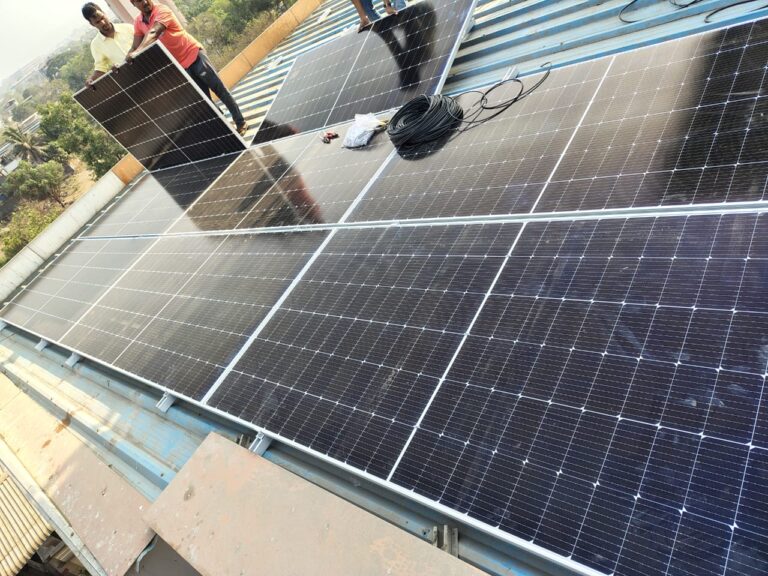
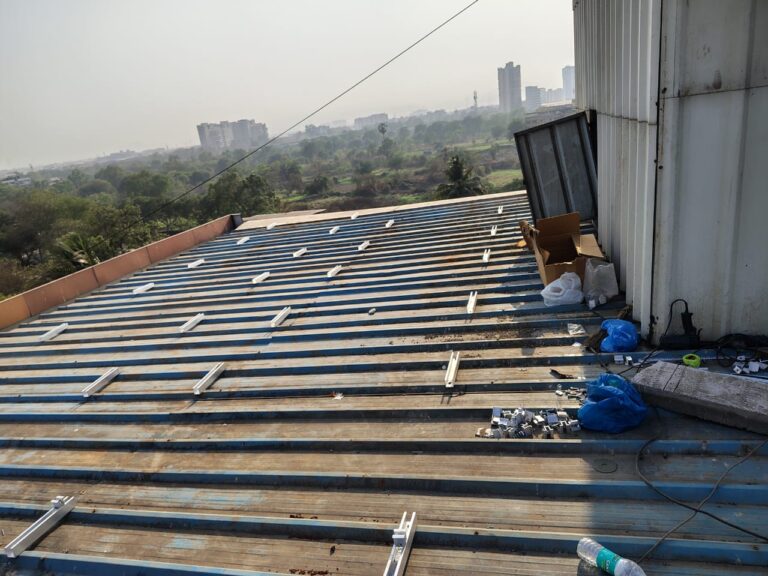
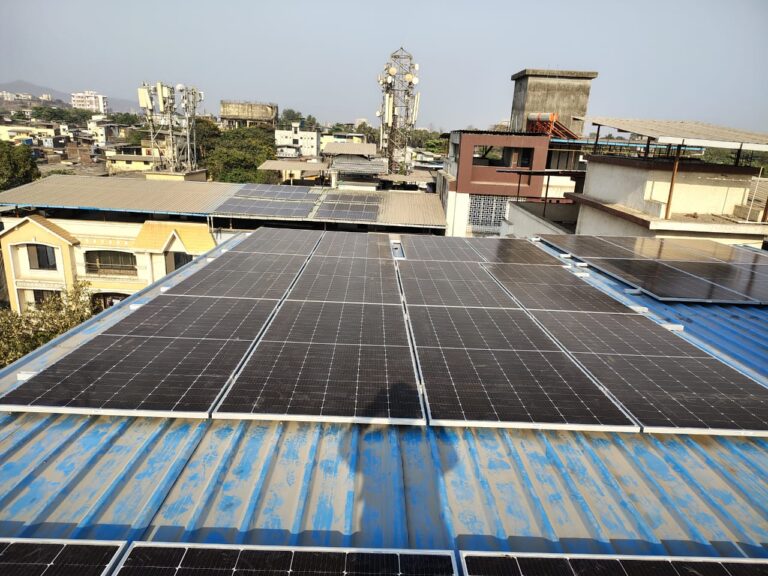
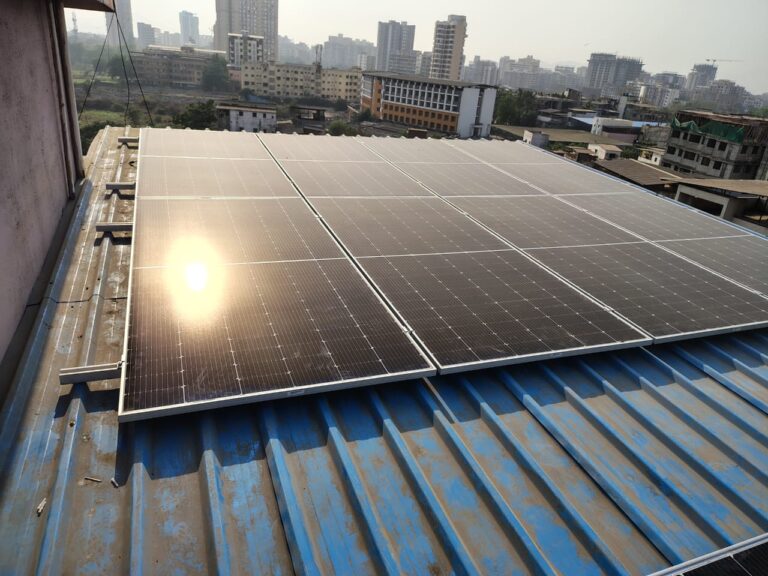
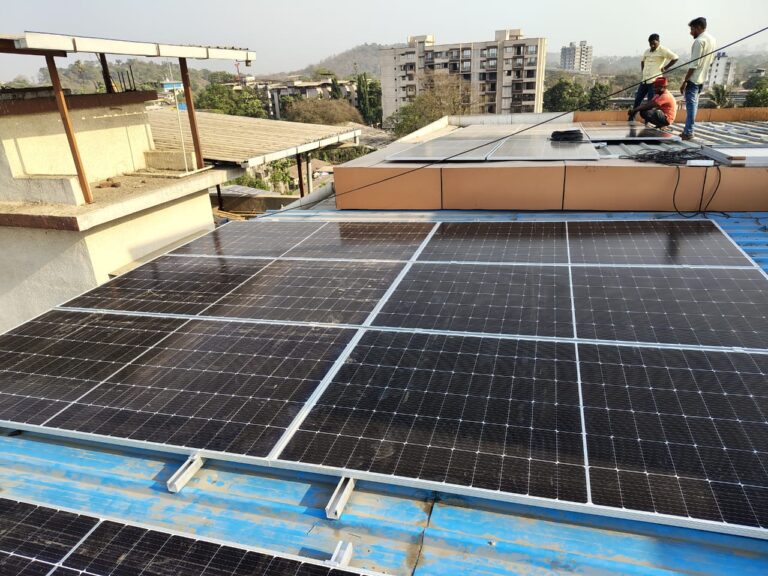
- How It Works
